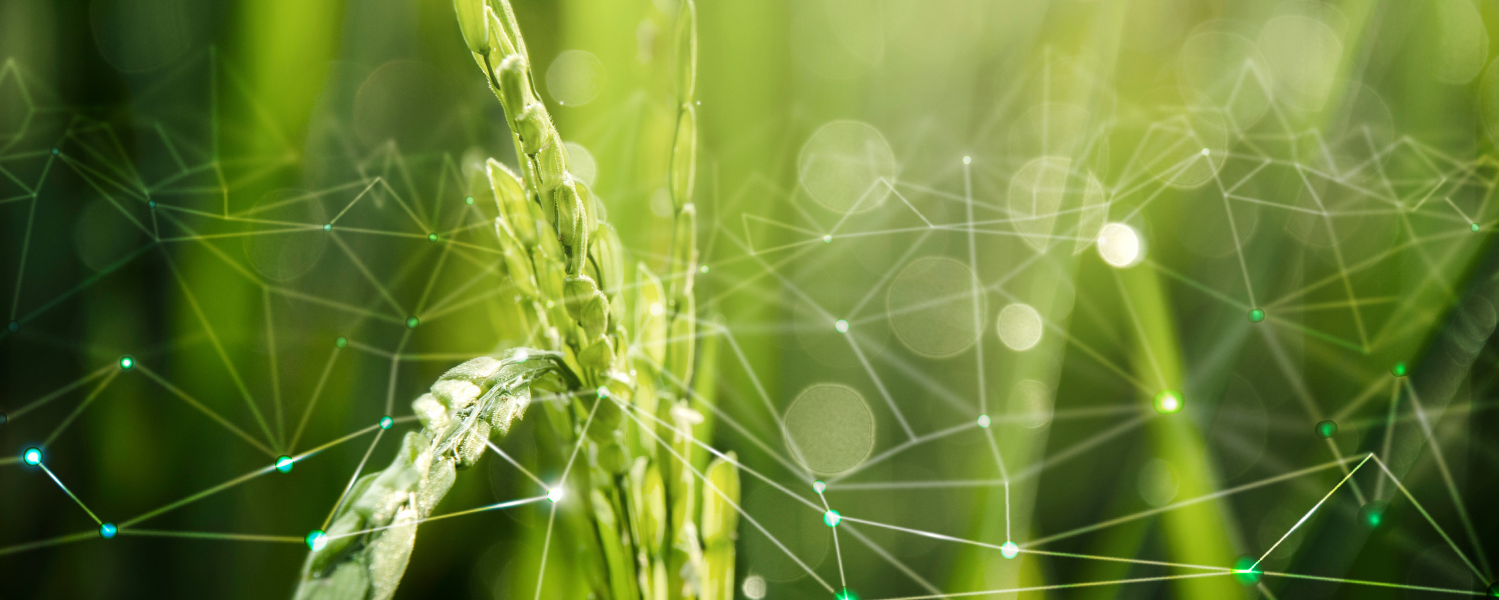
Digital transformation in agriculture in Vietnam
14 Mar, 2022
In recent years, the agricultural sector in Vietnam faces several problems due to population growth, urbanization, and climate change, which requires restructuring for adaptation. Digital transformation and high technology application are expected to help the sector improve production productivity, adapt to climate change, ensure income for farmers, and reduce food waste.However, digital transformation in agriculture in Vietnam is still local in nature and lacks comprehensiveness on the national scale. This article aims to assess the current status of the agricultural digital transformation in Vietnam, thereby suggesting policy solutions to promote this process.

Current status of agricultural digital transformation in Vietnam
Many specific mechanisms and policies have been issued to apply the Fourth Industrial Revolution in the agricultural sector. Credit policies have focused on increasing credit limits and reducing interest rates for green and high-tech agriculture projects. In particular, Decree No. 116/2018/ND-CP allows high-tech agricultural businesses to borrow up to 70%-80% of the project values without collateral assets, while other incentives focus on cutting costs and reducing other administrative procedures.
The article identifies the main difficulties in including: (1) lack of asynchronous agricultural database system; (2) lack of investment capital; (3) small, fragmented, and dispersed production scale with high initial cost; (4) lack of enforcement mechanisms to ensure product quality, food safety and traceability; (5) small and unstable markets for high-quality products; (6) agricultural business and farmers lack the capacity to work with high technologies; (7) lack of high-quality human resources; (8) climate change is becoming more complex.
Policy Suggestions for Vietnam
Capital
Simplifying and cutting steps of the registration procedures and processes for Decision 19/2018/QD-TTg and clarifying criteria for recognition of hi-tech agricultural projects so that small businesses and farmers can access better credits.
In addition, banks need to have a detailed plan to recognize assets on agricultural lands such as greenhouses, net houses, and ponds as collateral for loans. Commercial banks need to extend the repayment periods when high-tech agricultural projects face natural disasters and adverse weather events.
High-tech agricultural projects in Vietnam can save equipment costs by using local equipment components to make their equipment more affordable, instead of importing equipment directly from international markets.

The State needs to focus on solving the problem of land concentration and accumulation as well as raising farmers' awareness and working skills to attract investment capital.
Land
State agencies need to reduce taxes and fees (for example, personal income taxes, registration fees, cadastral fees, appraisal fees) and increase the transfer limit for agricultural land. In addition, local authorities need to act as intermediaries to conduct transactions between farmers and investors.
In addition, it is necessary to emphasize the role of agricultural cooperatives in gathering small-scale agricultural households. Farmers will allow the cooperative management board to represent them in dealing with suppliers, investors, and technology firms. In addition, landowners can directly participate in the production process after being trained to apply high technology in fields.
There should be policies to limit the conversion of agricultural land to non-agricultural land and reserve lands for green and high-technology agricultural projects.
Awareness and human resources
To increase the application of smart agriculture and high technology, both farmers and government officials need to have a deep awareness of the costs and benefits of high technology adoption in agriculture. Therefore, the benefits of applying green and high technologies need to be demonstrated in front of relevant stakeholders.
Universities and companies providing technology need to teach farmers the ability to read and understand the data collected by the IoT system and then apply the knowledge to their farming decisions. In addition, future technologies need to be user-centric and constantly improve to make the equipment more user-friendly and easy to use for farmers.
Network connection
There is a need to increase Internet coverage and reduce connection costs in remote areas to help farmers access IoT technology. Besides, having access to the Internet will also create opportunities for farmers to increase their knowledge of agriculture and information technology.
Strengthening linkages and consumption
The authorities need to link farmers with large agricultural suppliers and exporters to increase the application of hi-tech agriculture and traceability, especially for small-scale farmers.
To do this, the state needs to organize (i) a policy dialogue on the development of digital tools for agriculture at the sectoral, provincial, and national level; (ii) encouraging entrepreneurship in digital agriculture; (iii) improve access to tailored financial products for manufacturing institutions, SMEs and startups looking to invest in digital; (iv) improve access to the data and information needed to conduct big data machine learning in digital agriculture; (v) improving the legal framework for E-commerce; (vi) addressing bottlenecks in public research; and (vii) harmonize interventions with the agenda of the digital economy.
In addition, it is necessary to promote e-commerce platforms as a way to increase consumption of smart agricultural products and establish appropriate game rules to bind the quality of agricultural commodities.
Legal framework
The export of traceable agricultural products often targets markets that are strictly regulated on factors of food safety and hygiene and the origin of agricultural products. Therefore, the state and private companies need to carefully study the legal framework on traceability and food safety in these countries to develop standards for Vietnamese farmers' farms. EU regulations that the state can study and apply include EC 178/2002 and EC 1224/2009.
Please refer to the full research “Digital transformation in agriculture in Vietnam” here. Author group consists of Vo Tat Thang, Vu Ngoc Tan, Truong Hoang Dung, Nguyen Thi Bich Hien, Nguyen Hoang Lan - Health and Agricultural Policy Research Institute (HAPRI), School of Economics - University of Economics Ho Chi Minh City.
This writing is in Series spreading research and applied knowledge from UEH with “Research Contribution For All – Research for the Community” message, UEH would like to invite dear readers to look forward to Newsletter ECONOMY NO. #32 “People Analytics in Viet Nam”.
News, photos: Author group, UEH Department of Marketing – Communication.


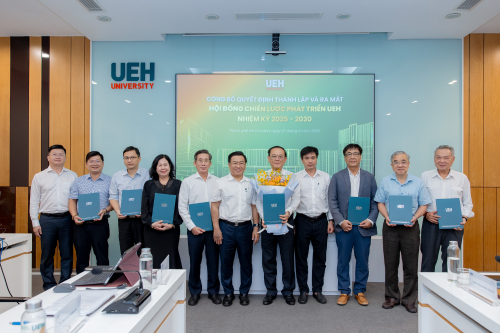


![[Research Contribution] Climate Adaptation and Ownership Structure: Determinants of Global Bank Performance](/images/upload/thumbnail/ueh-thumbnail-639024479352054880.png)

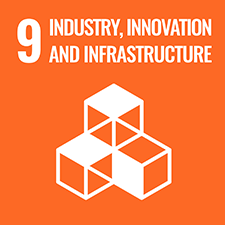
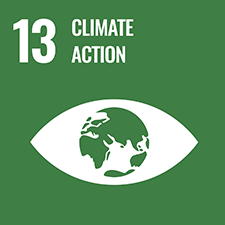
![[Research Contribution] Wage or Survival Fee? A New Perspective on Provincial Minimum Living Wages in Vietnam](/images/upload/thumbnail/ueh-thumbnail-639024468410266657.png)
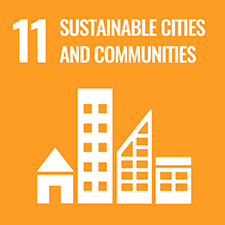
![[Research Contribution] A Model for Assessing the Impact of Accounting Data Analytics on Sustainable Information Presentation in the Public Sector](/images/upload/thumbnail/ueh-thumbnail-639024469396621767.png)

![[Research Contribution] A Strategy for Engaging Stakeholders to Implement Living Labs for Addressing Urban Issues](/images/upload/thumbnail/ueh-thumbnail-639024459455096821.png)